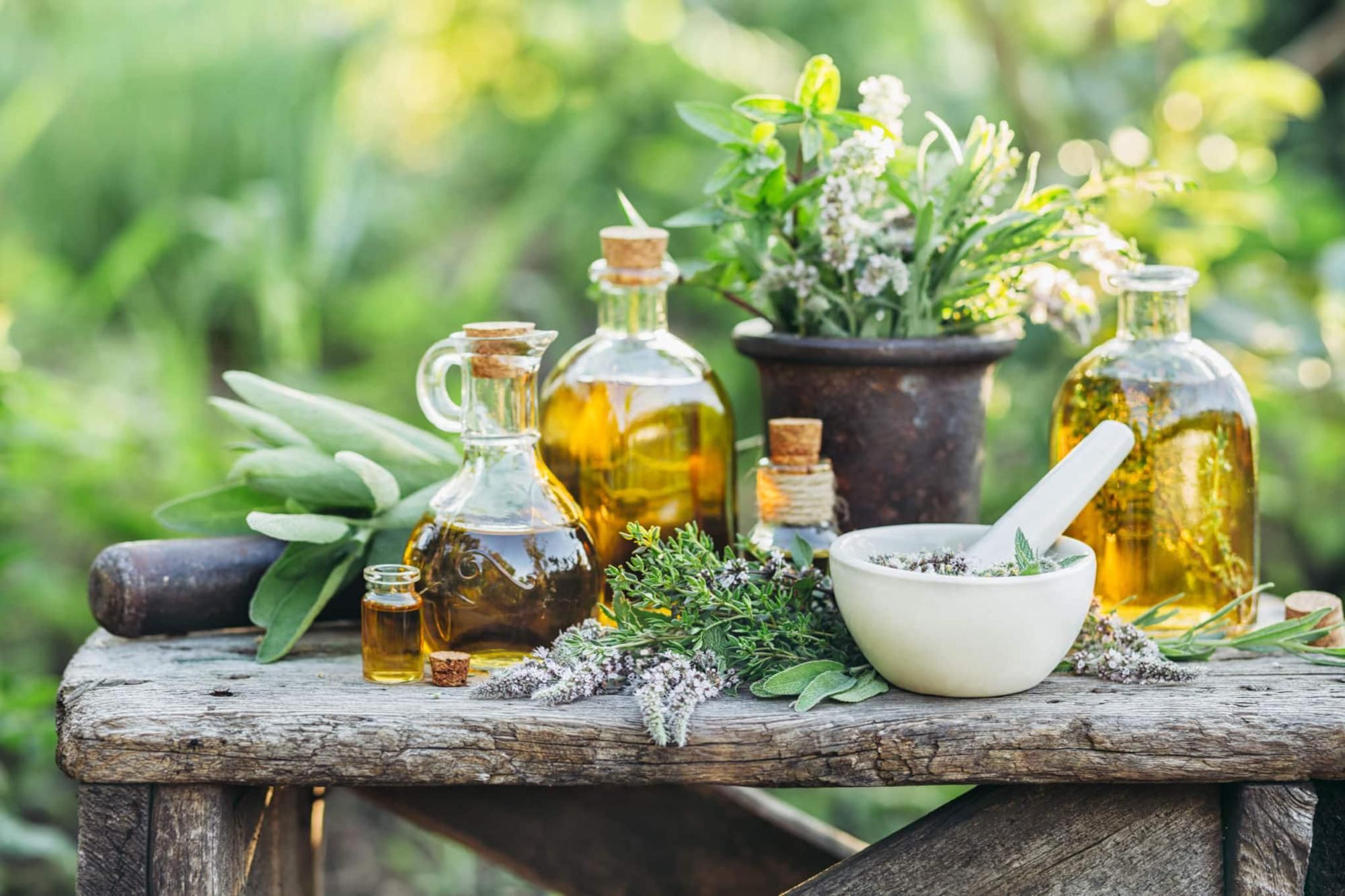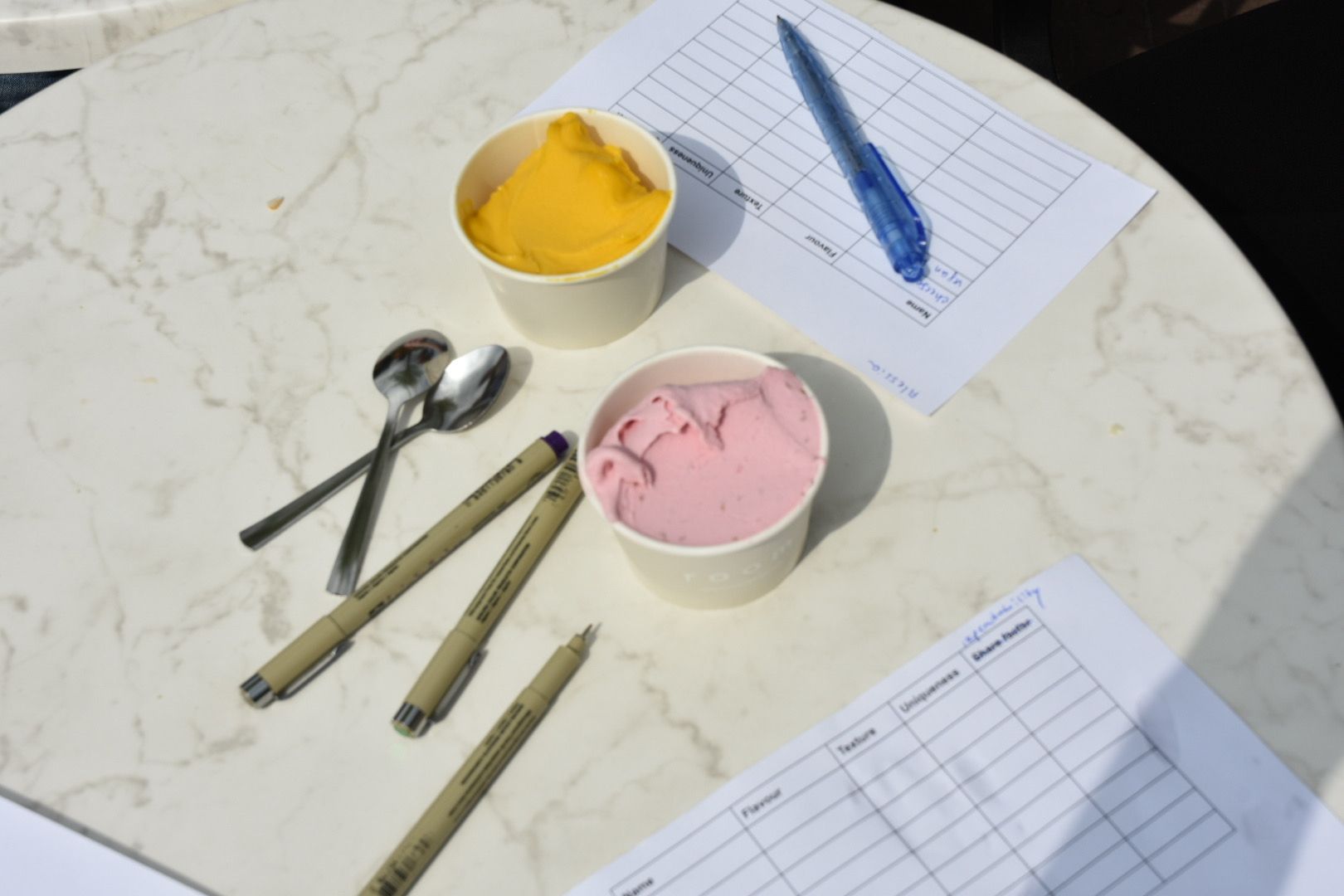Plants cannot be used in traditional medicine
- Marit Bonne
- Marit's Mythbusters
- 3 minutes (615 words)
They say knowledge is power, but what if this knowledge is total nonsense? When you fall on your tailbone, you won’t get blind and when you get a jellyfish sting, please don’t pee on it. You will be surprised how many biological misconceptions are rooted in your mind and that of others. In our rubric ‘Marit’s Mythbusters’, I will debunk common myths that many of you believe to be true.
You wake up with your head hurting, mouth as dry as the Sahara, and throat feeling like you swallowed razor blades. Again. Desperately reaching for paracetamol for the sixth day in a row, you remember your parents’ words. Although they swear by natural plant medicine, or phytotherapy, you remain a skeptic. However, desperate times call for desperate measures; is it worth a try?
Although using plants to relieve symptoms or cure illnesses is often labelled as alternative medicine, some phytotherapeutic plants show promising results, while others are already used in practice for ages. As early as around 1500 B.C. a papyrus roll was describing the therapeutic use of willow bark (Salix sp.) in cases of pain. Nowadays, willow bark, or at least part of it, is present in the majority of households, in the form of aspirin. And there are more substances found in traditional medicine that find their origin in plants.
To slow down the conduction of the AV node in the heart, often digoxin is used. This substance, retrieved from the cutesy-looking foxglove (Digitalis purpurea), blocks the sodium-potassium channels in heart cells, thus ultimately slowing down the heart rate. Not surprisingly, digoxin is prescribed in cases of atrial fibrillation or chronic heart failure, but not entirely without risk; the therapeutic index is tiny. This means that the effective dosage of digoxin is very close to the maximum dose that can be given without harm. Just like that ex, digoxin can become toxic very quickly.
Yet another endearing flower restores the reputation of toxic plants. It is the snowdrop (Galanthus nivalis), the landmark of spring, that emerges from the ground where the early sun touches the earth. You should not be fooled by the delicacy of this white flower; Rather be impressed by the wiseness it radiates. The snowdrop is a rich source of galantamine, a substance that enhances acetylcholine functioning in the brain by suppressing the neurotransmitter’s degradation. This superpower makes it a good treatment for light to mildly severe Alzheimer’s in some patients. Indeed, under the brand name ‘Reminyl’, it has helped patients in stabilizing their cognitive functions and slow down the process of memory loss. While phytotherapy is still categorized as an alternative medicine, plants and their derivatives have been widely used or become an inspiration for numerous drugs and medicinal purposes.
When it comes to food, we like to add some herbs and spices to make them tasty. But what if the key to good mental functioning can be found in our kitchen cabinets? In Chinese and Ayurvedic medicine, turmeric does it all. In addition to anti-inflammatory purposes and neuroprotection, some studies also found that turmeric significantly lowers depressive symptoms and anxiety. Also, the hot and spicy molecule capsaicin is promising in the treatment of Parkinson’s disease, by repressing neuroinflammation in the brain. Of course, there are many more examples where plants or their derivatives relieve symptoms of depression, anxiety, ADHD, bipolar disorder and many more.
Using nature and plants as inspiration for treatments of diseases and increasingly accepting them in our current healthcare system is an interesting direction that should not be disregarded immediately. However, structural research is necessary to investigate their effects and eventually get them to bloom.



Comments
Log in to read and post comments